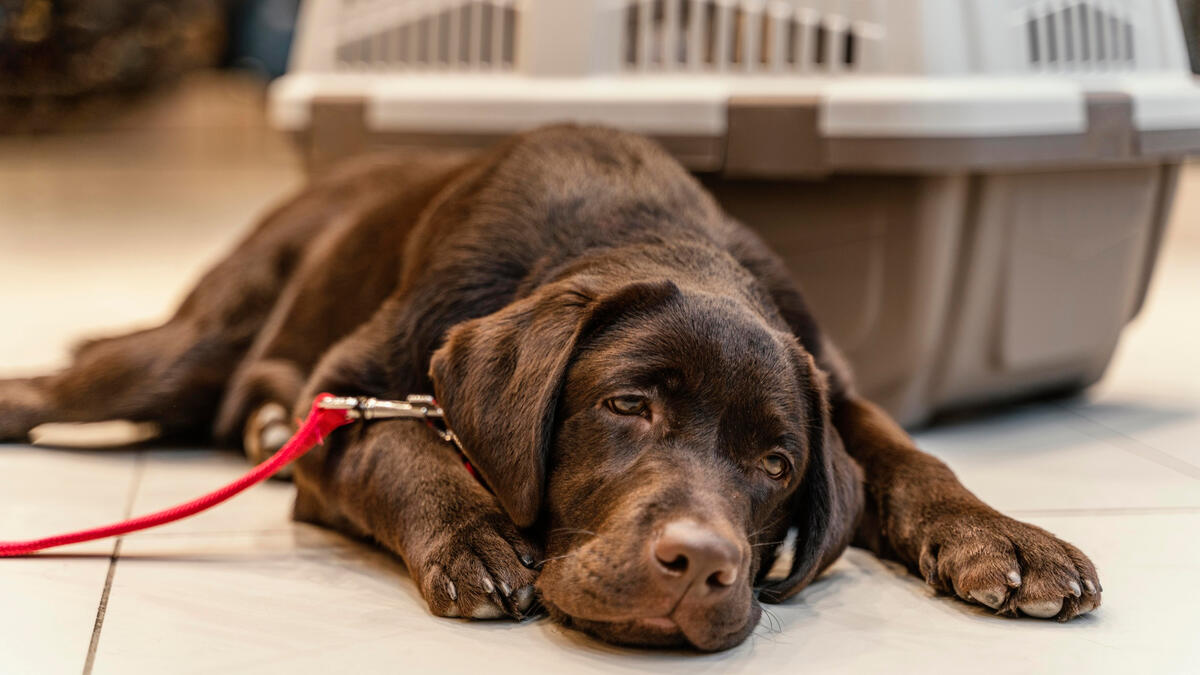Dogs explore the world with their noses and mouths, which can lead them into danger without anyone realizing it. Understanding common poisons in your environment is essential to prevent emergencies. Many substances that are harmless to humans can be life-threatening for pets, making awareness the first line of defence.
Household Chemicals
Everyday products can be surprisingly toxic. Cleaning agents, antifreeze, insecticides, and rodent poisons are often brightly colored or sweet-smelling, which can attract curious dogs. Even small amounts can cause vomiting, seizures, or kidney failure. Store these items in locked cabinets or high shelves, and always read labels to understand their risks.
Human Foods to Watch
Some human foods are deceptively dangerous. Chocolate, grapes, raisins, macadamia nuts, onions, garlic, and xylitol-sweetened treats can trigger serious reactions. Symptoms may include lethargy, drooling, diarrhoea, or neurological signs. Always check ingredients before sharing anything from your plate and keep snacks securely stored out of reach.
Plants and Garden Hazards
Many common garden plants are toxic when ingested. Lilies, azaleas, rhubarb leaves, and sago palms can cause gastrointestinal distress, organ damage, or even death. Mulches, fertilizers, and compost that contain chemicals or spoiled food can also be risky. Supervise your dog outdoors and remove or fence off known hazards.
Prevention and Emergency Preparedness
Prevention is far better than cure. Pet-proof your home, educate family members, and supervise your dog in areas with potential toxins. Keep emergency numbers, including your veterinarian and a poison control hotline, accessible. Knowing what to do if exposure occurs can save valuable time and protect your dog’s life.
By recognizing the subtle dangers of common poisons around your home and garden, you can create a safer environment for your dog. Vigilance, prevention, and quick action ensure your companion stays healthy while exploring the world safely.

